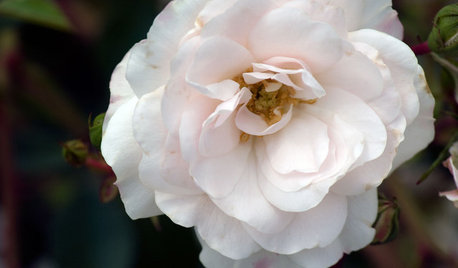Pope John Paul II bonsai
User
13 years ago
Related Stories

GARDENING GUIDES5 Favorite White Roses for a Purely Beautiful Garden
How does your garden glow? With roses that look like light and smell divine
Full StorySponsored
Industry Leading Interior Designers & Decorators in Franklin County
More Discussions







karl_bapst_rosenut
greenhaven
Related Professionals
Clemson Landscape Architects & Landscape Designers · Fort Lee Landscape Architects & Landscape Designers · Middletown Landscape Contractors · Andover Landscape Contractors · Barrington Landscape Contractors · Berkley Landscape Contractors · Beverly Hills Landscape Contractors · Brooklyn Park Landscape Contractors · Costa Mesa Landscape Contractors · Goodlettsville Landscape Contractors · Hilo Landscape Contractors · Hollywood Landscape Contractors · Lynn Landscape Contractors · Parker Landscape Contractors · River Ridge Landscape Contractorskstrong
UserOriginal Author
windeaux
UserOriginal Author
kstrong
UserOriginal Author
roseseek
windeaux
notrafficinga
anntn6b
roseseek
seil zone 6b MI
roseseek
windeaux